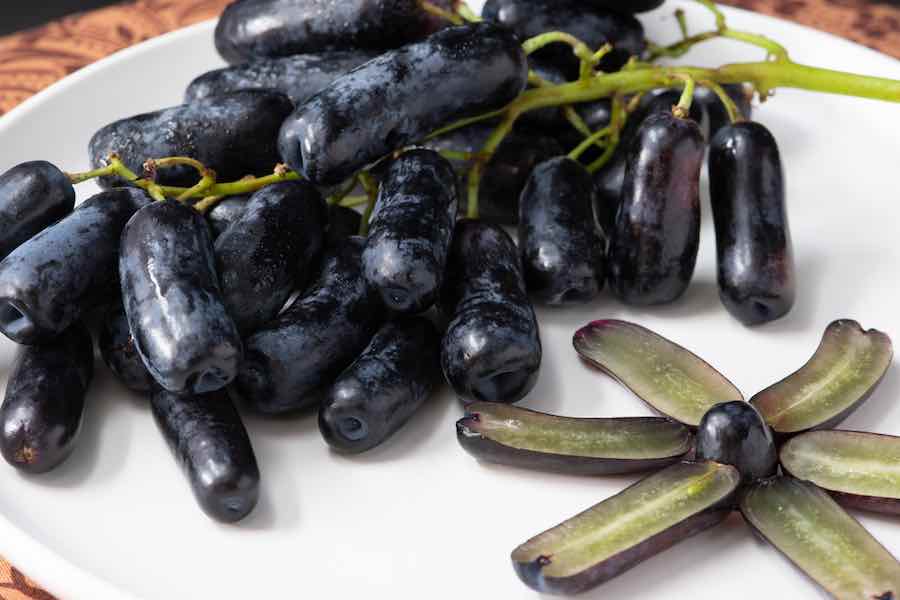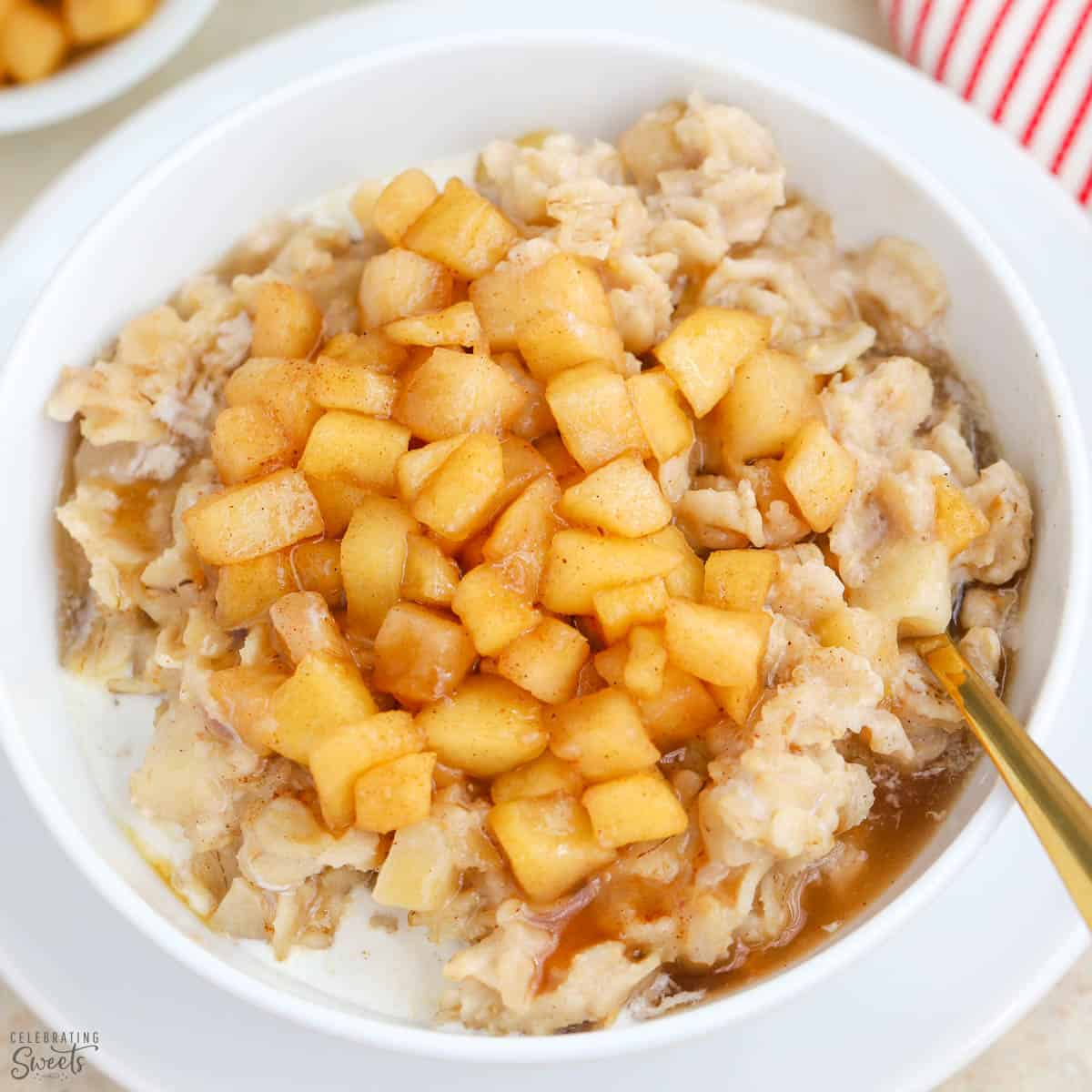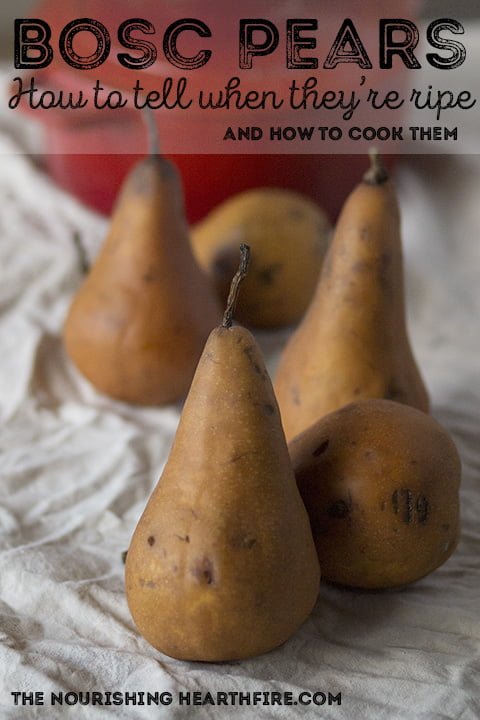Rainier cherries, known for their vibrant yellow or pink hue and sweet flavor, are a delightful summer fruit that has been gaining popularity across the globe. These cherries are named after Mount Rainier in Washington, where they were first cultivated in the 1960s. With their distinct appearance and delicate texture, Rainier cherries are often considered a pinnacle of fruit excellence. In this article, explore the origins, characteristics, and culinary uses of these succulent cherries that are sure to tantalize your taste buds.
What Are Rainier Cherries
Rainier cherries are a type of cherry known for their vibrant yellow and red coloration, exquisite sweetness, and distinct flavor. They are named after Mount Rainier in Washington state, where they were first developed in 1952. With their appealing appearance and delightful taste, Rainier cherries have become a highly sought-after fruit around the world. In this article, we will explore the various aspects of Rainier cherries, including their description, origin, appearance, taste, nutritional value, season, availability, cultivation, harvesting, and uses.
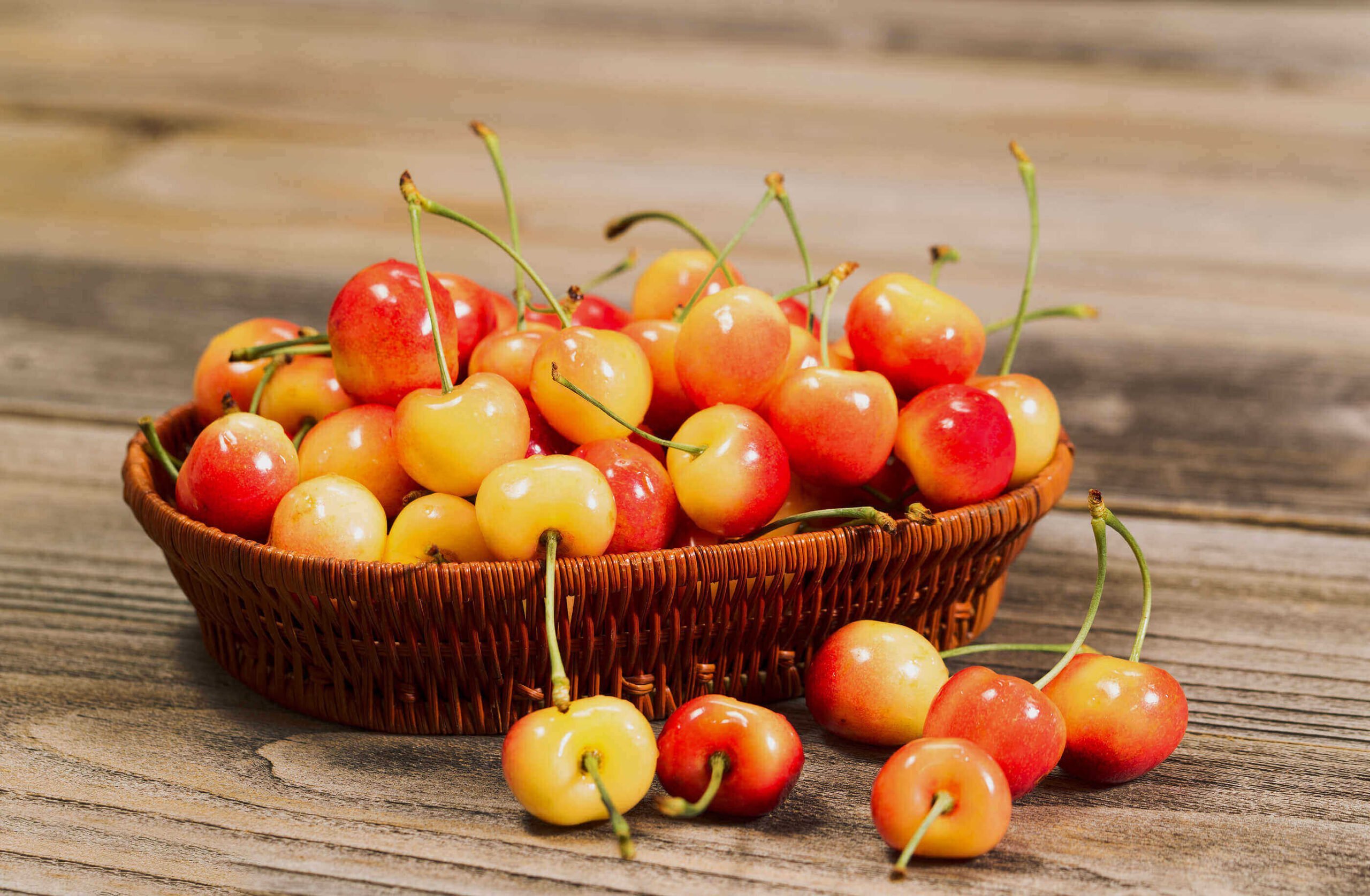
Description
Rainier cherries are a hybrid variety, resulting from the crossbreeding of two cherry cultivars – the Bing cherry and the Van cherry. They are renowned for their unique coloration, with a pale yellow skin that is partially covered in a vibrant red blush. The flesh of Rainier cherries is tender, juicy, and pale yellow, with a firm texture that gives a satisfying crunch when bitten into. These cherries are typically larger in size compared to other cherry varieties and have a heart-shaped form. Their aesthetic appeal makes them a popular choice for both culinary and decorative purposes.
Origin
Rainier cherries were first developed in 1952 by Harold Fogle, a horticulturist, at the Washington State University Research Station in Prosser, Washington. Fogle crossed the Bing and Van cherry varieties, aiming to create a cherry with a lighter skin tone to address market demands. The new variety was named “Rainier” after Mount Rainier, an iconic landmark in Washington state. Since its creation, Rainier cherries have gained immense popularity, both domestically and internationally.
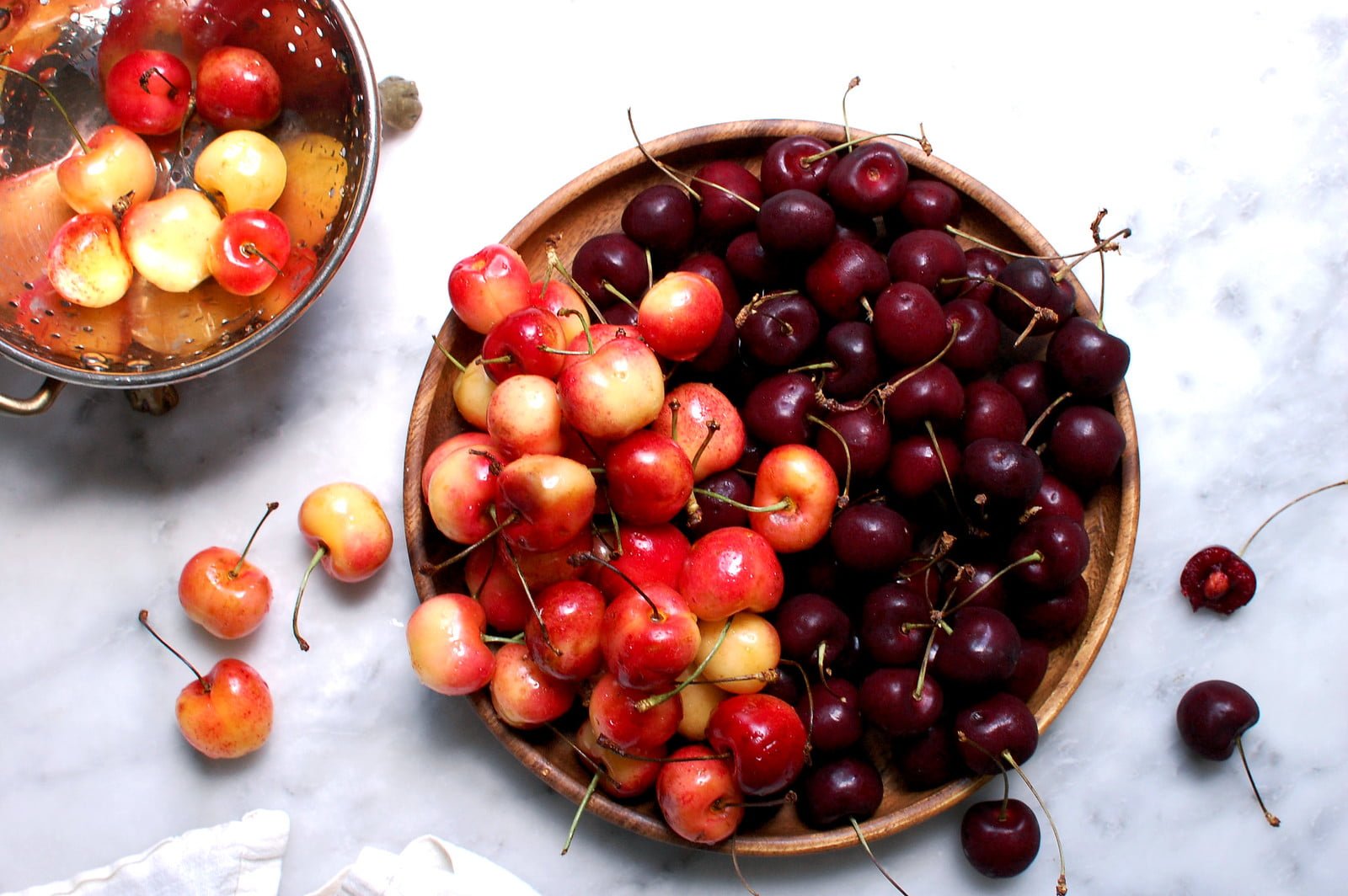
Appearance
Rainier cherries stand out from other cherry varieties due to their distinct appearance. The smooth, thin skin of Rainier cherries exhibits a pale yellow hue, often overlaid with a bright red blush. The radiant colors of these cherries make them visually appealing and attractive, adding elegance to fruit bowls, desserts, or any dish they grace. The cherries possess a plump and round shape, with a slight point at one end, resembling a classic heart shape. Their larger size compared to other cherries further enhances their visual appeal.
Taste
One of the most captivating aspects of Rainier cherries is their exceptional taste. These cherries are renowned for their exquisite sweetness and mild acidity, creating a well-balanced flavor profile. The flesh of Rainier cherries is juicy and succulent, melting in your mouth with every bite. The natural sweetness of the cherries is complemented by subtle hints of tartness, providing a delightful contrast. Rainier cherries are often described as having a distinctively floral and honey-like flavor, which sets them apart from other cherry varieties.

Nutritional Value
In addition to their delightful taste, Rainier cherries also offer several nutritional benefits. These cherries are a rich source of vitamins and antioxidants, including vitamin C and beta-carotene. Vitamin C supports immune function, promotes collagen synthesis, and acts as a potent antioxidant, protecting the body against oxidative stress. Beta-carotene is converted into vitamin A in the body, contributing to healthy vision, skin health, and immune function. Rainier cherries also contain dietary fiber and various minerals, such as potassium and copper.
Season
Rainier cherries have a relatively short growing season, typically ripening in late spring to early summer. The specific timing of the harvest depends on factors such as geographic location and weather conditions. In the United States, Rainier cherries are most commonly harvested between the months of June and July. The season may vary slightly in different regions, both within the United States and internationally. Due to their limited availability during a specific season, Rainier cherries are often considered a precious delicacy.
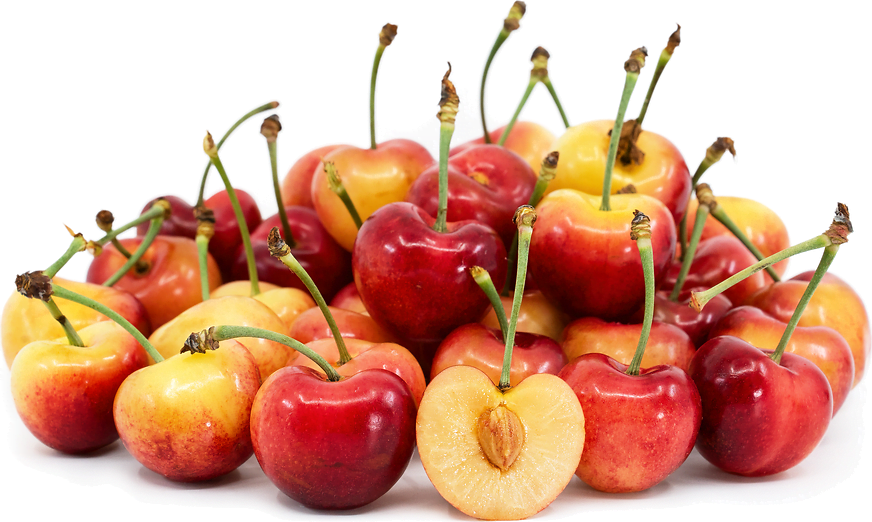
Availability
Rainier cherries are primarily grown in the United States, particularly in the Pacific Northwest region, where the climate and soil conditions are favorable for their cultivation. Washington state is the largest producer of Rainier cherries, followed by Oregon, California, and a few other states. However, these cherries are also cultivated in various other countries, including Canada, Chile, Australia, and New Zealand. While Rainier cherries are highly popular, they are not as widely available as some other cherry varieties due to their specific cultivation requirements and limited harvest season.
Cultivation
The cultivation of Rainier cherries requires specific environmental conditions to ensure optimal growth and fruit development. These cherries thrive in regions with a temperate climate, characterized by warm summers and cold winters. They require a period of dormancy during the winter months to initiate bud formation for the upcoming growing season. Rainier cherry trees are typically grown in well-drained soil, preferably sandy loam or loamy soil types. Adequate sunlight exposure and regular irrigation are crucial for optimal growth. Growers often employ various techniques to protect the delicate flowers and fruits from adverse weather conditions, pests, and diseases.
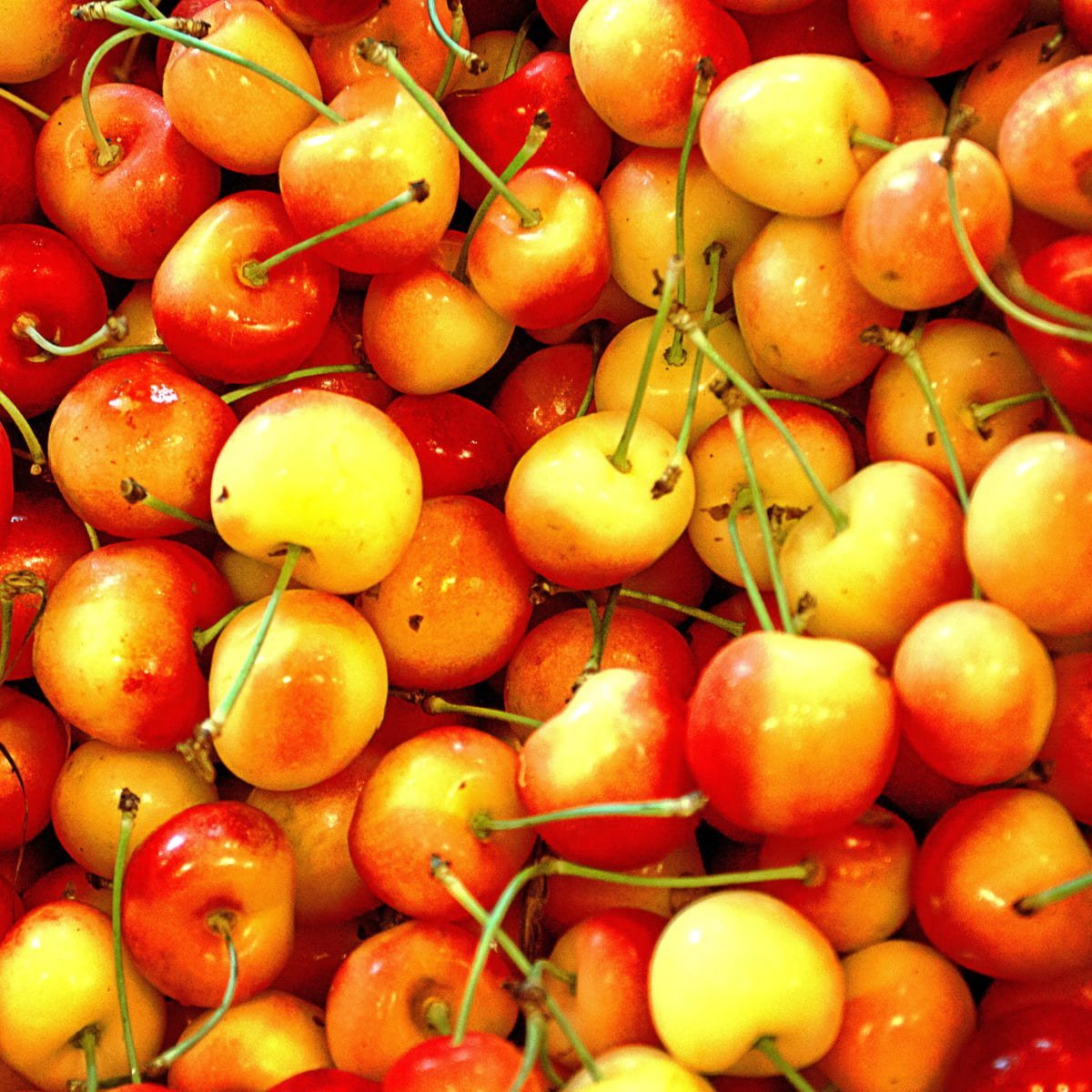
Harvesting
The harvesting of Rainier cherries is an intricate process that requires attention to detail and careful timing. Typically, cherries are harvested by hand to avoid damaging the delicate fruit. Growers assess the cherries based on their color, size, and sugar content to determine the readiness for harvest. Rainier cherries need to be picked at the peak of their ripeness to enjoy their optimal flavor and texture. Harvested cherries are carefully sorted and packed to ensure quality, and then transported to distribution centers or markets for further processing and delivery.
Uses
Rainier cherries offer versatility in their culinary applications, making them suitable for a wide range of dishes and preparations. When it comes to enjoying Rainier cherries, simplicity often reigns supreme. These cherries are often enjoyed fresh, as nature intended, allowing the natural sweetness and flavors to shine. They make a delightful addition to fruit salads, desserts, and charcuterie boards, adding a pop of color and flavor. Rainier cherries can also be used in jams, preserves, pies, ice creams, and various baked goods. Their aesthetic appeal makes them a popular choice for garnishing cocktails and beverages.
In conclusion, Rainier cherries are a remarkable fruit renowned for their vibrant appearance, exquisite sweetness, and unique flavor. Originating from Washington state, Rainier cherries have captivated taste buds around the world. Their limited availability, specific cultivation requirements, and short harvest season add to their allure. Whether enjoyed fresh or incorporated into a variety of culinary creations, Rainier cherries are sure to delight and impress with their exceptional taste and visual appeal.

